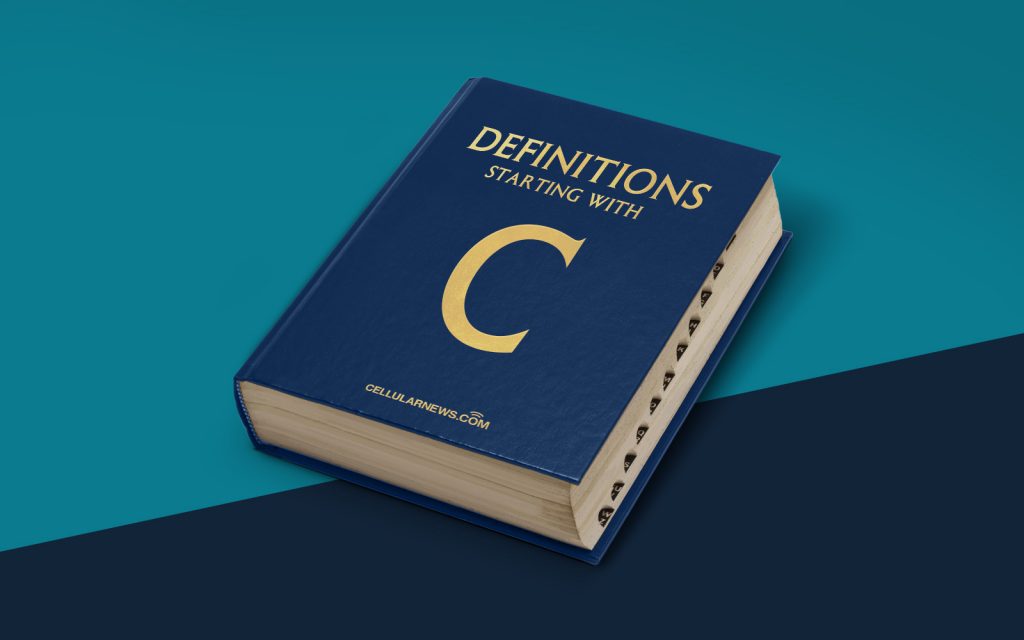
What is a Color Palette? A Definitive Guide
Welcome to our “DEFINITIONS” category, where we aim to provide you with clear and concise explanations of various terms related to design and marketing. Today, we’ll be diving into the world of color palettes. If you’ve ever wondered what a color palette is and how it can enhance your creative projects, you’ve come to the right place. Let’s explore!
Key Takeaways:
- A color palette is a set of colors that are carefully selected and harmoniously combined to create a consistent and visually pleasing look.
- Color palettes play a vital role in design, branding, and marketing, helping convey emotions, establish brand identity, and capture attention.
Now let’s delve deeper into the concept of color palettes. Essentially, a color palette is a collection of colors that are chosen and organized to be used together in various creative contexts. By carefully selecting and combining colors, designers and marketers can achieve specific goals, such as creating a cohesive brand identity, evoking desired emotions, or guiding the user’s attention in a specific direction.
A well-crafted color palette usually consists of multiple colors that work harmoniously together. These colors can be categorized into different groups, such as primary, secondary, and accent colors. Primary colors are typically the foundation of the palette, while secondary colors add depth and variety. Accent colors, on the other hand, are used sparingly to create emphasis and draw attention to certain elements.
Here are two key takeaways about color palettes:
- Consistency and harmony: Color palettes ensure that all visual elements within a project harmonize, creating a unified and professional appearance. This consistency helps establish brand identity and recognition.
- Emotional impact: Colors have the power to evoke emotions and influence how people perceive a design or brand. By using carefully chosen colors, a color palette can create specific moods and associations that align with the desired message.
Color palettes are widely used across various design disciplines, including graphic design, web design, interior design, and even fashion. They enable designers and marketers to make intentional choices and strike the right balance between aesthetics and functionality.
To get started with creating your own color palette, consider the following steps:
- Define your project’s objective and target audience: Understanding your goals and the preferences of your target audience can guide your color choices.
- Gather inspiration: Look for inspiration from various sources such as nature, art, or other successful designs. This can help you identify colors that resonate with your project.
- Select a primary color: Choose a dominant color that reflects your brand or project’s personality.
- Build a harmonious palette: Select secondary and accent colors that complement your primary color. You can use color theory principles, such as complementary or analogous colors, to create a visually appealing combination.
- Test and iterate: Once you have your initial color palette, test it across different platforms and mediums to ensure it works well in different contexts. Make adjustments as needed.
Remember, a well-designed and thoughtful color palette can make a significant impact on the success of your design or brand. So take the time to explore colors, experiment with different combinations, and create a palette that truly represents your vision.
We hope this guide has shed some light on what a color palette is and its importance in design and marketing. Stay tuned for more interesting and educational content in our “DEFINITIONS” category. If you have any questions or topics you’d like us to cover, feel free to reach out!
